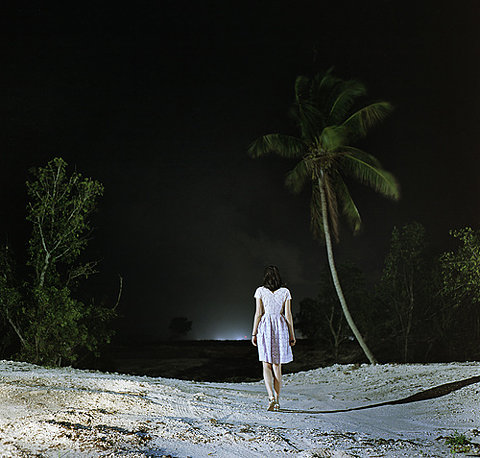Notes on a talk by Michael Stone at Centre of Gravity, September 2010
Meeting
This summer (August 9-14, 2010) there was a meeting of “engaged Buddhists” which was quite exciting. 70 of the leading Buddhist teachers in North America came, including Bikkhu Bodhi. He’s the only person who has translated the Pali canon. Every time someone said, “The Buddha said…” you’d have to look over to him because actually it’s, “Bikkhu Bodhi says, the Buddha said…”
It was hosted at Bernie Glassman’s farm with Robert Thurman, Joan Halifax, Enkyo Roshi, Peter Matthiessen, you name it they were there. one of the insights for me personally is that the Buddha’s teaching on emptiness—the fact that the self is inherently interconnected with everything and as such is empty of an inherent substantiality—means that everything is connected.
App
I met scientists there who created a new app called The Good Guide. Has anybody seen this? This guy from Berkeley was trying to buy shampoo for his daughter and found a product that claimed it was the most ecologically friendly shampoo but how could he believe it? He started doing research and realized that it’s not the most ecologically friendly shampoo in the Wholefoods, many others were better. So he started collecting research and putting it online, and now there’s an app where you punch in the barcode for almost any product in the supermarket, and you can sort it using preferences. Let’s say your first preference is child labour, you can sort all the shampoos by their stats around child labour. You can do the life cycle of a product, whether it has propylene glycol or not, and it’s interesting when you start doing this with cars. Because when you start looking at life cycles of hybrid cars, they’re not so good. The idea is to provide information.
The newest part of this app is that you can see which companies give money to which parties. So you can say OK I’m going to buy seventh generation diapers, but they’re giving all their money to the Republican Party, so as much as I like to buy seventh generation diapers. The point is that everything is more thickly interconnected than it’s ever been. The only difference is that the smoke stacks are somewhere else. So even though things are interconnected we don’t always feel that, we have to intellectualize that things are more interconnected because we don’t always see the effects of our consumer patterns.
But getting back to the Buddha’s teachings on interconnection, his insight was that the self doesn’t exist. It’s just a story that we construct from moment to moment. It’s relationally constructed, ecologically constructed through the elements, socially constructed, and because of that we’re all interconnected. In teaching that the self is empty, the Buddha set the stage for a socially engaged dharma. A socially engaged practice. It’s not that we wait to become enlightened and then begin to help people. It’s that our action in the world and our internal transformation are synchronistic. They happen together, they work together like gears.
Gravity
That’s always been the heart of why Centre of Gravity has existed. The hope was to find a place that’s not a religious temple, or a commercial yoga studio. But to find a place where real practice can happen internally and also where we’re outside of what’s popular, so that we can critique militarism and the pop values we see around us. Otherwise we get into this folk dharma, that just becomes subservient to pop values and can’t really critique them, and then meditation and yoga postures become just another product we consume anonymously. You go to class and nobody knows you. You walk out, nobody knew you. Nobody can ever challenge you on anything. You can have a practice that you make up yourself. Because you don’t necessarily have a relationship with the teacher, you can invent your own practice so that it fits your lifestyle.
I’ve always imagined there could be another kind of practice. So I quit teaching at yoga studios and started Centre of Gravity and nobody came for the first few years. We were a small group of people who practiced together and did intensives four times a year. Every season we did a five-day practice session together, so I knew what was happening in everyone’s practice. We didn’t have to talk about what are you practicing because it was just what we were always doing. What’s going on in your practice? How’s it working? What’s happening in your life? There was no divide between your practice and your life. Between your actions socially and your actions internally. This was the way we tried to practice and sometimes it worked really well and sometimes it didn’t.
